Hubei province offers rich historical and environmental heritage for visitors, Xu Lin and Liu Kun report.
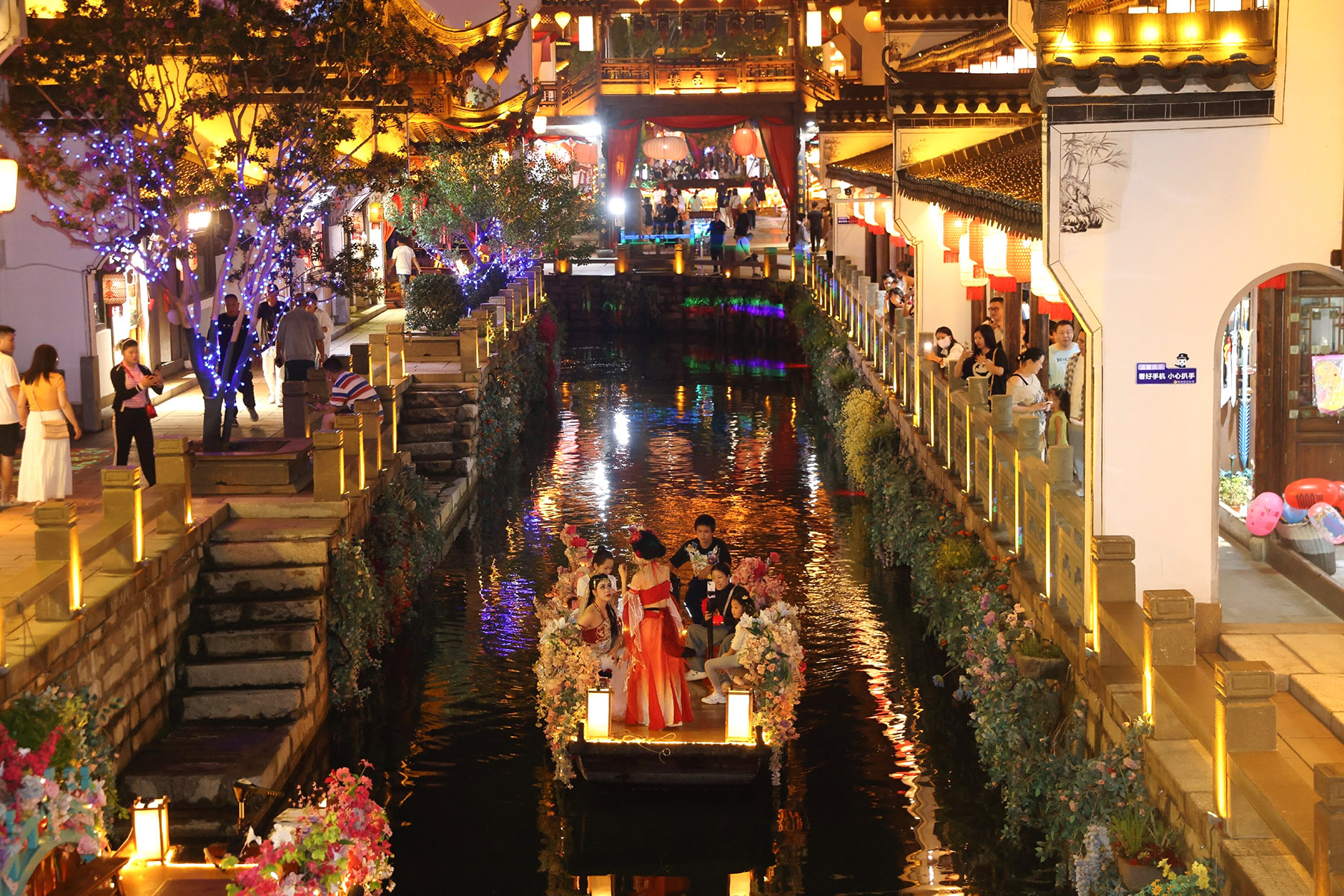
Chu culture, which traces back to the State of Chu during the Warring States Period (475-221 BC), is known for its unique imagination and romantic charm.
Traveling in Hubei province's different cities offers a gateway to explore its deep-rooted Chu culture, from exquisitely crafted silk garments, elegant lacquerware, to intricate bronze objects and the melodious chimes that once filled ancient courts.
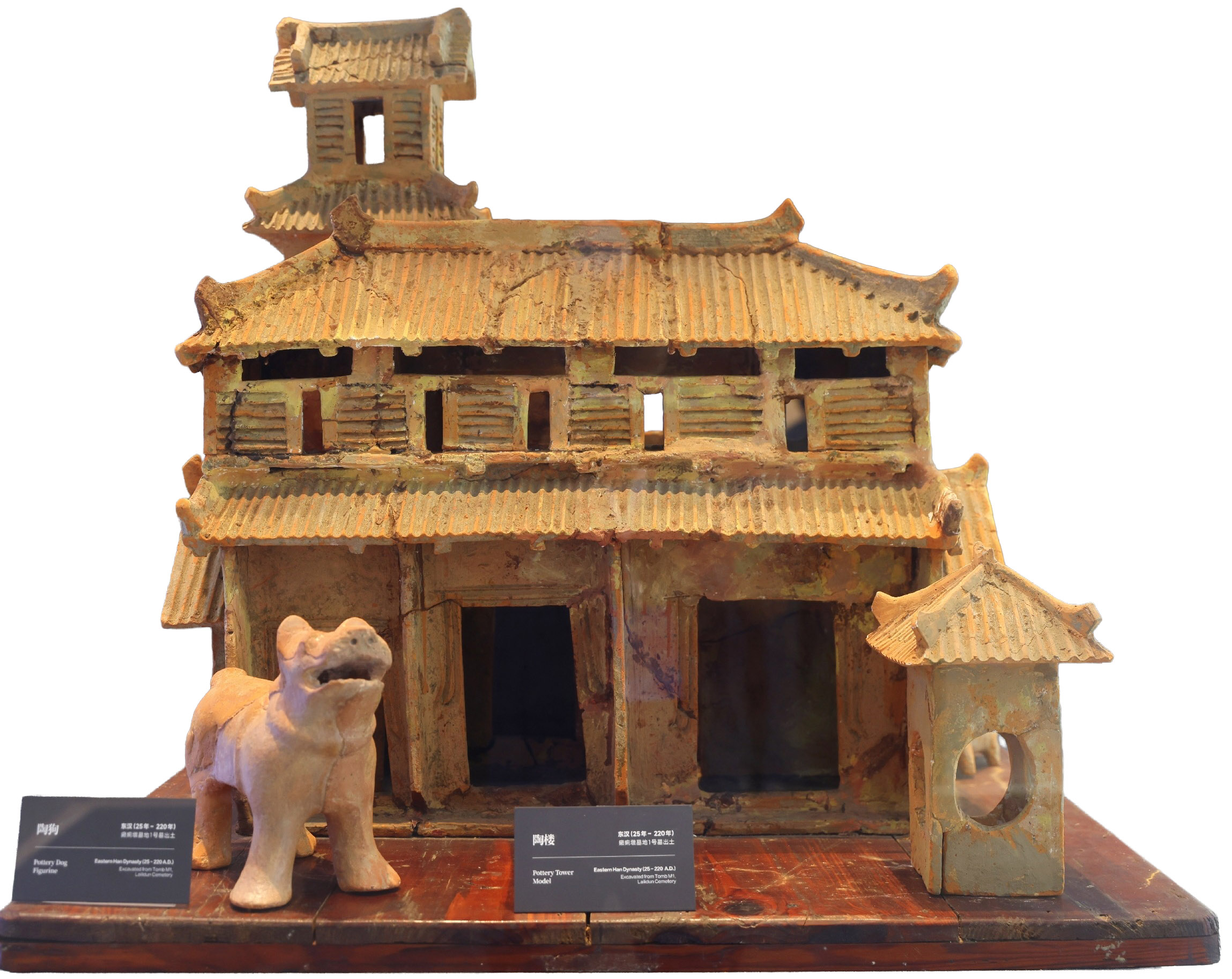
Bamboo slips and night view
Hopping on a high-speed train at Hankou Railway Station in Hubei's capital city of Wuhan, you'll arrive at Yunmeng county, Xiaogan city, in no more than 40 minutes.
While it ranks as the smallest county in the province, it is home to more than 5,000 cultural relics, including some national treasures, all of which are housed at the Yunmeng County Museum.
READ MORE: Dance play dips toes in Chu culture during arts festival
Among the must-sees are the precious bamboo and wooden slips, which date back over 2,000 years. They are inscribed with legal codes, mathematical texts and family letters, offering a glimpse into the society and daily lives of people during that era.
In 1975, a total of 1,155 bamboo slips were found in a tomb from the late Warring States Period to the Qin Dynasty (221-206 BC) in Shuihudi, Yunmeng. These artifacts belonged to Xi, a low-ranking official of the Qin era. Experts believe that they are the earliest and most complete law codes discovered in China so far.
Besides detailed regulations on agriculture, warehouse management and tax collection, the slips cover fields such as official ethics and historical events.
Tourists can interact with a digital image of the tomb owner via virtual reality technology, who will patiently introduce the clauses of Qin Dynasty laws. By touching the screen, they can virtually cut their own bamboo slips, inscribe characters on them, and experience the entire process.
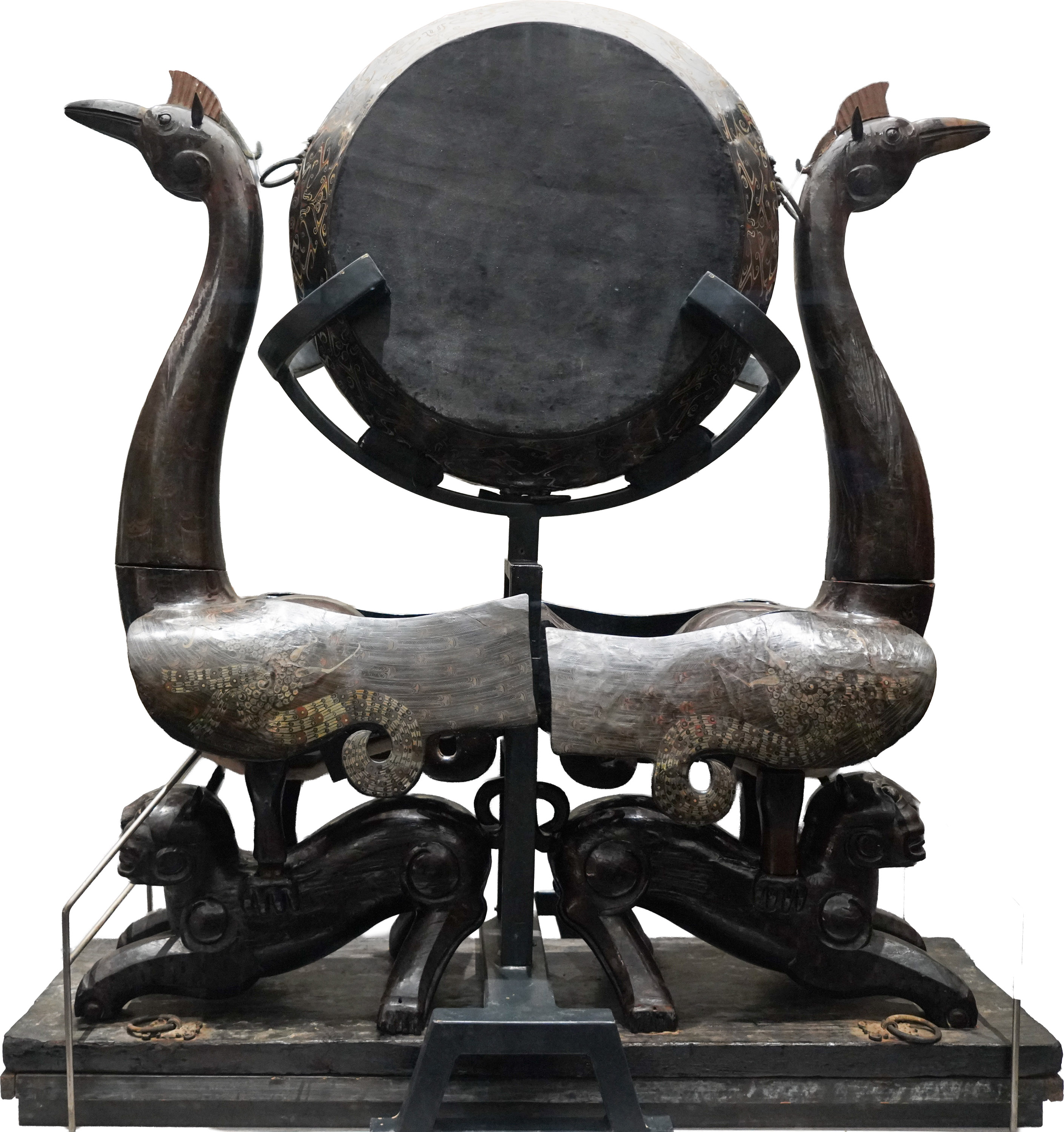
Other treasures include a miniature ceramic building, unearthed from a tomb dating to the Eastern Han Dynasty (25-220), which showcases the architectural techniques of that era, featuring a well-designed layout and exquisite structure.
A great option for an evening out is a visit to Xiangyunwan scenic area because of its stunning lighting system. As a benchmark project of the night economy, it has boosted local economic vitality.
The scenic area has relocated 257 ancient buildings at the risk of damage from across China, featuring diverse architecture. These buildings include pavilions, towers, terraces, temples, and ancestral halls. Each was taken apart, numbered piece by piece, then carefully rebuilt by professional craftspeople.
It's like stepping into a living chapter of China's architectural history. Take Huizhou-style mansions for example, they showcase intricate wood carvings and dougong (interlocking brackets). Huizhou refers to the ancient geographic areas in today's Anhui and Jiangxi provinces.
Opened earlier this year, the scenic area offers intangible cultural heritage performances as well as live music that draws youngsters.
Official data revealed that from January to July, tourist visits exceeded 2.4 million, with a maximum of 50,000 visitors received in a single day.
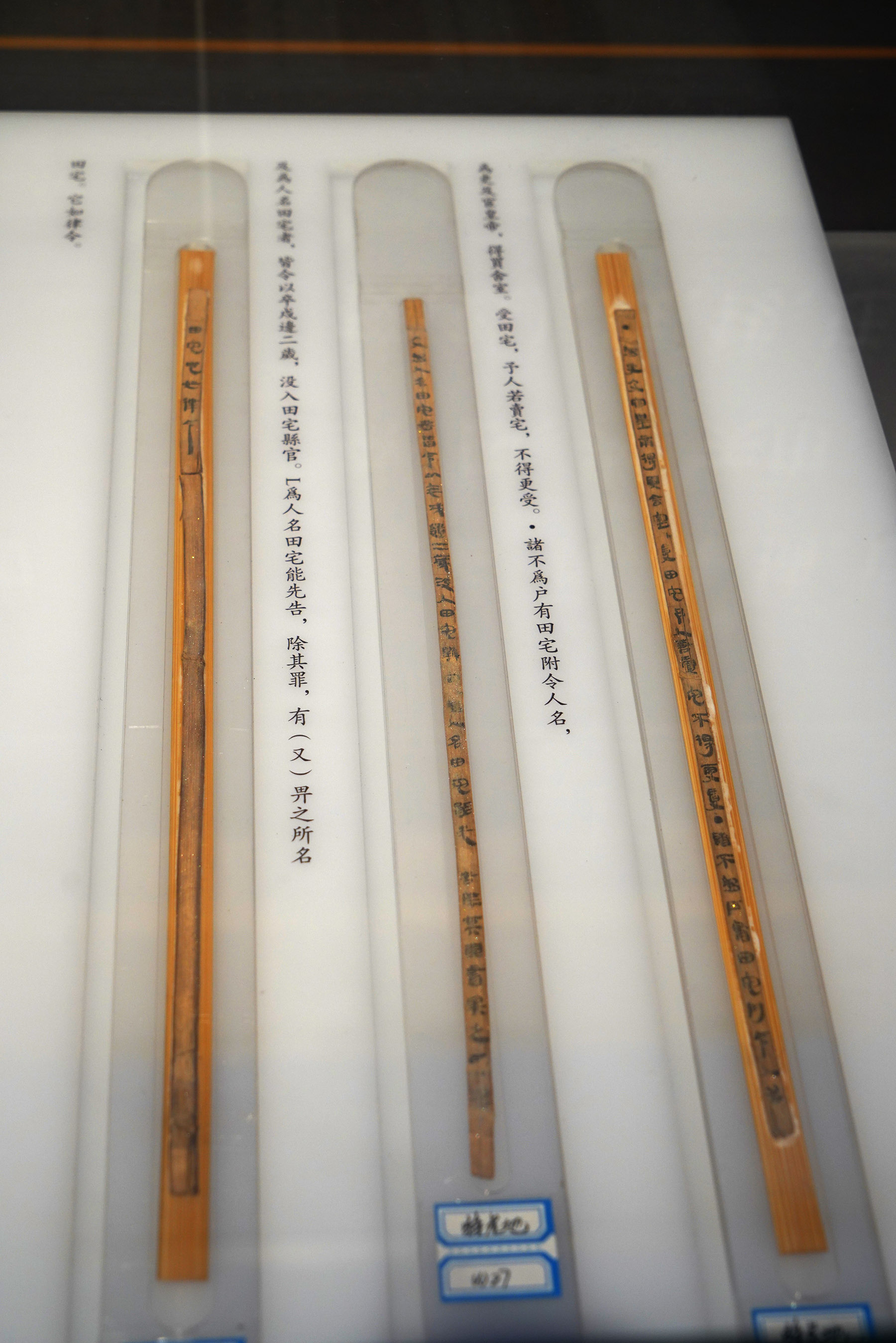
Cultural relics and city wall
As a cradle of Chu culture, Jingzhou served as the capital of the State of Chu for 411 years.
Official data shows that from January to August, the city recorded over 68.91 million tourist visits and a total tourism revenue of about 60.42 billion yuan ($8.5 billion), with year-on-year growth of 14.8 and 16.5 percent respectively.
The second Chu Culture Festival recently kicked off in the city, and will last until Oct 20, with activities such as cultural exchanges, academic seminars, performances and business negotiations.
Jingzhou Museum opened a themed exhibition during the festival on silk textiles unearthed from the Mashan No 1 tomb of the State of Chu in 1982.
The exhibition presents different types of clothing of the Chu people — ranging from robes and skirts to hats and footwear — which established a strict social hierarchy.
The garments also showcase the advanced textile craftsmanship, diversity of embroidery patterns and techniques, and mature dyeing technology of that time.
Notably, two precious cultural relics are making their debut after restoration. One is a purple-red garment embroidered with intertwined dragon and phoenix patterns, the other is a light-yellow silk quilt cover used by the nobility of the State of Chu.
In ancient China, jade ornaments were symbols of status and virtue, serving as both important accessories in daily life and common burial objects.
The museum displays various jade pendants, which are often in the shape of dragon and phoenix patterns.
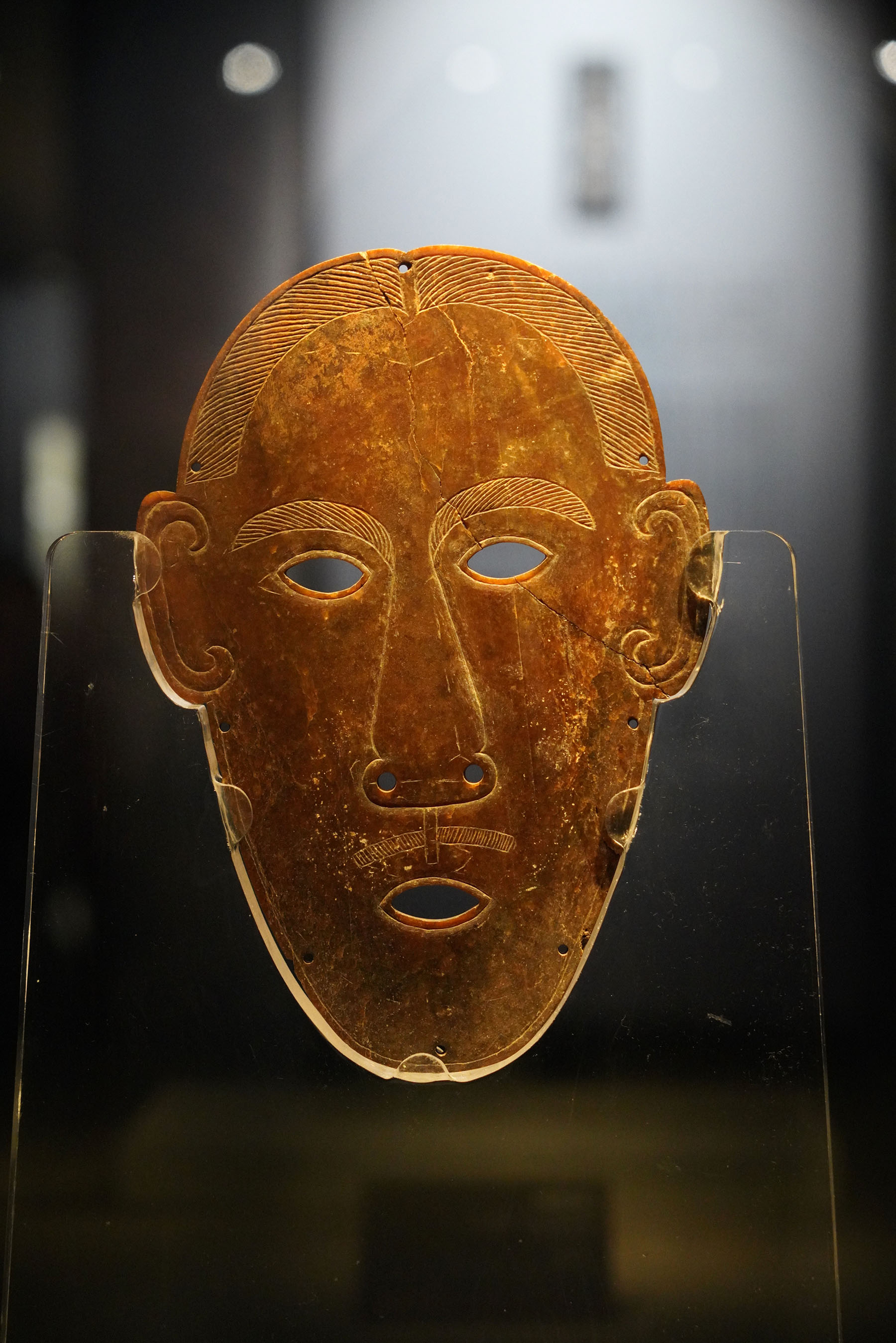
Among the jade collection is a mask crafted from a single piece of gemstone, engraved with distinctive hair and facial features, which was placed over the tomb owner's face during burial.
Another highlight of the museum is its vast collection of wooden lacquerware, including dining utensils and funeral objects.
A pig-shaped lacquered box, which was used to hold wine utensils, showcases the wine culture of ancient China. A giant drum with a lacquered wooden frame of two phoenixes, which stand on recumbent tigers that serve as the base, is a typical instrument of the Chu people.
Jingzhou is also closely intertwined with the tales of Romance of the Three Kingdoms, a classic novel that depicts heroic figures and events of the Three Kingdoms (220-280) period.
It's pleasant to stroll along Jingzhou's ancient city walls, have a bird's-eye view of the city and enjoy the sunset. It's exciting to think about the city's connections with these historical figures.
More young Chinese are donning Warring States Period-style robes, applying delicate makeup, and posing for photos at the city walls. You might spot local newlyweds taking wedding photos in these garments, too.
The 2,600-year-old, 11-kilometer-long wall has been renovated several times throughout history. Its current form took shape through renovations during the Ming (1368-1644) and Qing dynasties (1644-1911).
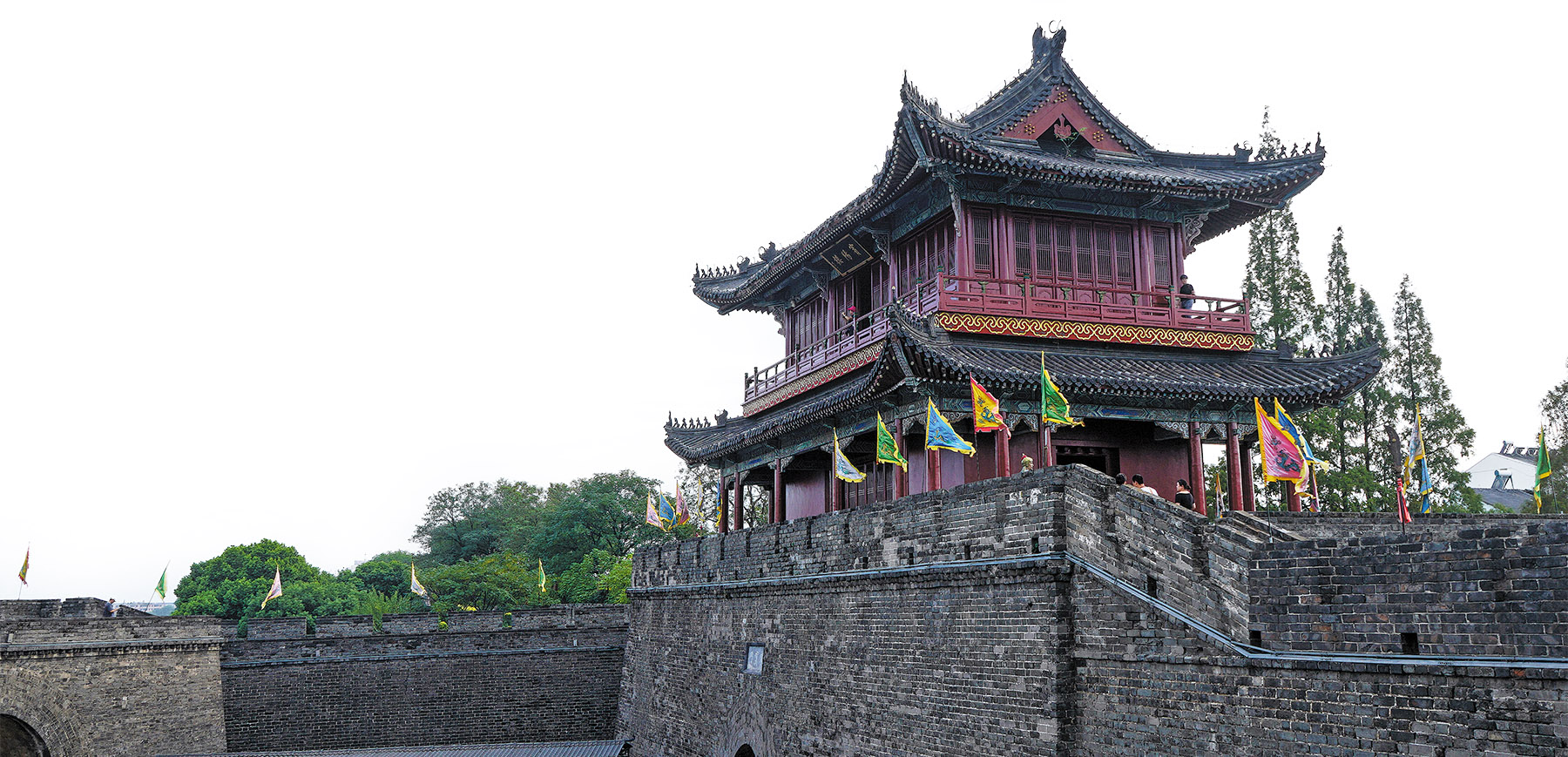
Shishou's wildlife
In the 1990s, the Shishou Milu Deer National Nature Reserve introduced 64 milu deer from Beijing's Nanhaizi Park in two batches, and the number has grown to 2,901.
Close to the Yangtze River, the area boasts a well-preserved wetland ecosystem and vast pastureland, which are ideal habitats for milu deer to thrive.
Milu deer, also known as Pere David's deer, are endemic to China. Forty years ago, 22 milu deer were returned to China from the United Kingdom, bringing the species back from the brink of extinction in China.
For those who want to see the milu deer, they can visit the Tian'ezhou Milu Park and learn about the species and the city's conservation efforts through a 2,000-square-meter exhibition hall, with specimens and interactive installations.
ALSO READ: Dancing in the streets
Walking along the outdoor wooden path, you can use telescopes to spot milu deer wandering grasslands or playing in the river.
The nature reserve serves as a venue for nature education and eco-tourism, aiming to raise the public's awareness about milu deer's preservation.
At the Yangtze River Finless Porpoise Garden, visitors can watch the creatures leap out of the water to breathe and get to know about the endangered species via exhibitions.
It's truly pleasant to connect with nature and animals — and in doing so, gain an understanding of one's responsibility to protect them.
If you go
Traveling from Wuhan to Yunmeng, then to Jingzhou, and finally to Shishou is incredibly convenient — whether you choose to drive via smooth highways or take the high-speed railway. Notably, since there is no direct train from Jingzhou to Shishou, you'll have to take a roughly two-and-a-half-hour bus ride instead.
Contact the writer at xulin@chinadaily.com.cn


